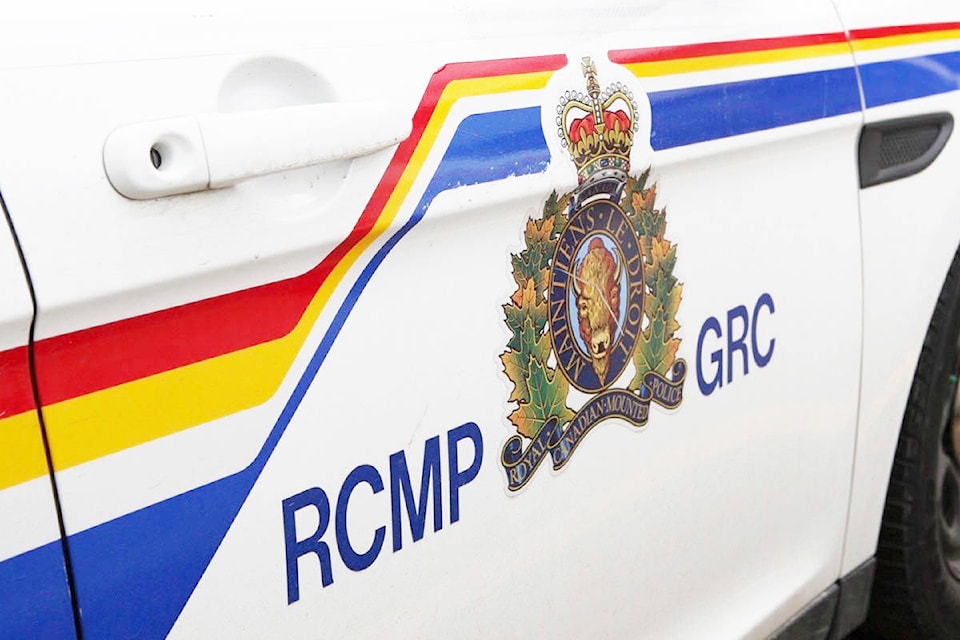Williams Lake city council is lobbying to have RCMP crime stats based on the city and its surrounding areas.
Council has prepared a resolution asking the North Central Local Government and the Union of B.C. Municipalities request the province to direct the RCMP to amend its reporting statistics to accurately reflect crime statistics based on the regional service area that RCMP responds to, and that the recommendation be sent to Statistics Canada.
“At the most recent UBCM and other UBCMs, when meeting with ministry staff and other RCMP we have made requests to them to amend the way they report statistics,” said Coun. Jason Ryll during the committee of the whole meeting held Tuesday, March 5 after council received a crime stats report from RCMP Insp. Jeff Pelley.
Read more: RCMP calls for Williams Lake total 1,104 during first two months of 2019
Ryll said the resolution is trying to combat the crime severity index that usually comes out in a “very damaging way,” not only to Williams Lake but to a lot of communities in rural B.C. and Canada.
Ryll aslo said he prefers seeing crime stats in terms of numbers rather than percentages.
“I think the percentage increase inflames a scenario where information becomes skewed in the public’s eye, ear and mind.”
The city’s chief administrative officer Milo MacDonald said the crime severity index for Williams Lake is artificially attributing the crime rate of 30,000 people to a population of 10,000 people.
“That’s really the objection,” he told the Tribune. “The community of Williams Lake is probably closer to 30,000 people because of areas like 150 Mile, Esler, Fox Mountain, South Lakeside, etc. Those are large areas and there are more people living in those areas combined than in Williams Lake.”
And while those areas are outside of the political boundaries of Williams Lake, they are functionally still part of the community of Williams Lake, MacDonald added.
“Those people shop in Williams Lake, their children go to school in Williams Lake, they work in Williams Lake,” he said. “Most communities would have the benefit of their lower crime suburbs included in the crime stats and Williams Lake has been deprived of that.”
During the committee of the whole meeting, Mayor Walt Cobb said seeing the crime stats reflect the Williams Lake and fringe area has been a wish of city council for a long time.
“In the last month we got a report back from Stats Canada that they weren’t prepared to deal with it, so maybe this resolution will help move it forward,” Cobb said.
Back in 1990 even, an article in the Tribune titled Method of reporting raises council’s ire, quoted then Alderman Hugo Stahl saying he was concerned about the method of reporting crime stats.
The article noted that council was writing a letter to the Attorney-General and the Solicitor-General asking them to come to the lakecity to discuss the statistics reporting method and that council was also going to write to UBCM.
Ryll said it is up to elected officials to use the tools they have in their toolbox to continue to apply pressure on the province and the RCMP.
“We are doing what we can to make sure the crime stats are accurately reported to the benefit of all communities in rural Canada,” Ryll said.
news@wltribune.com
Like us on Facebook and follow us on Twitter
